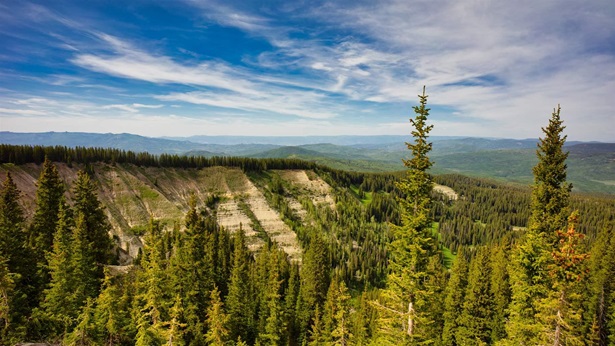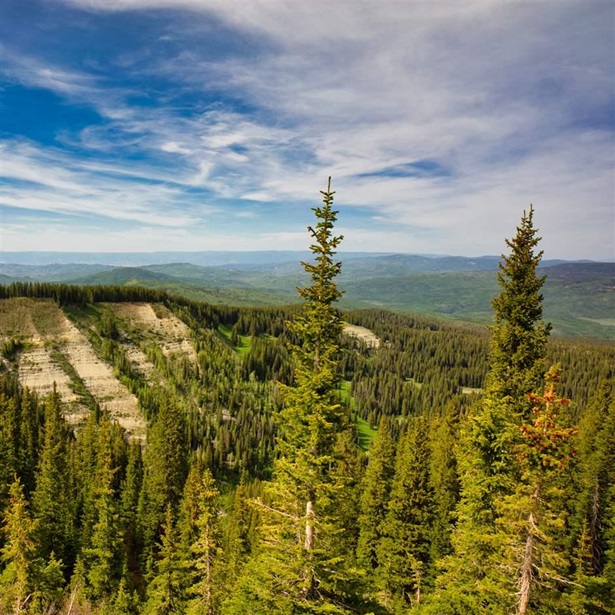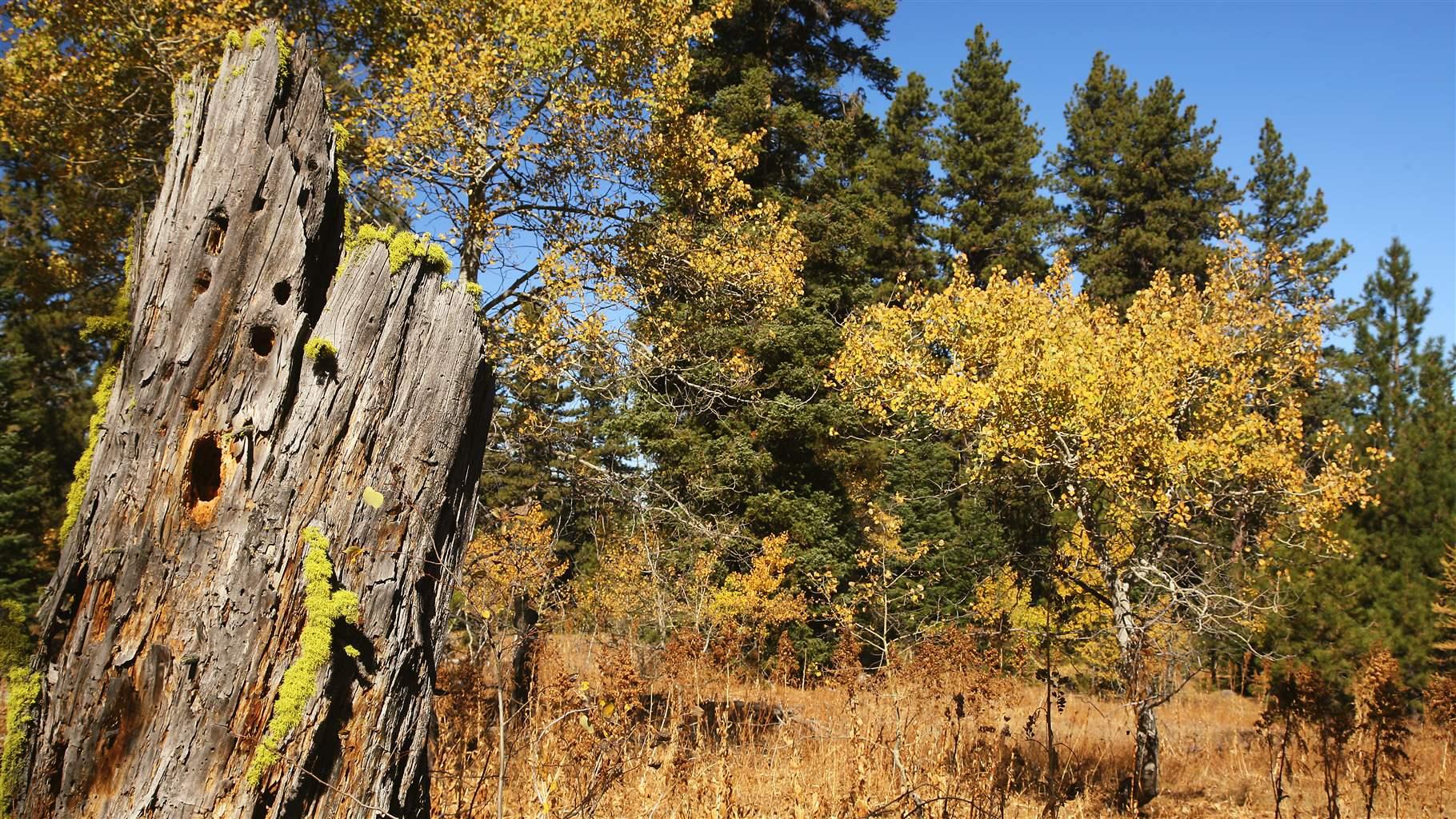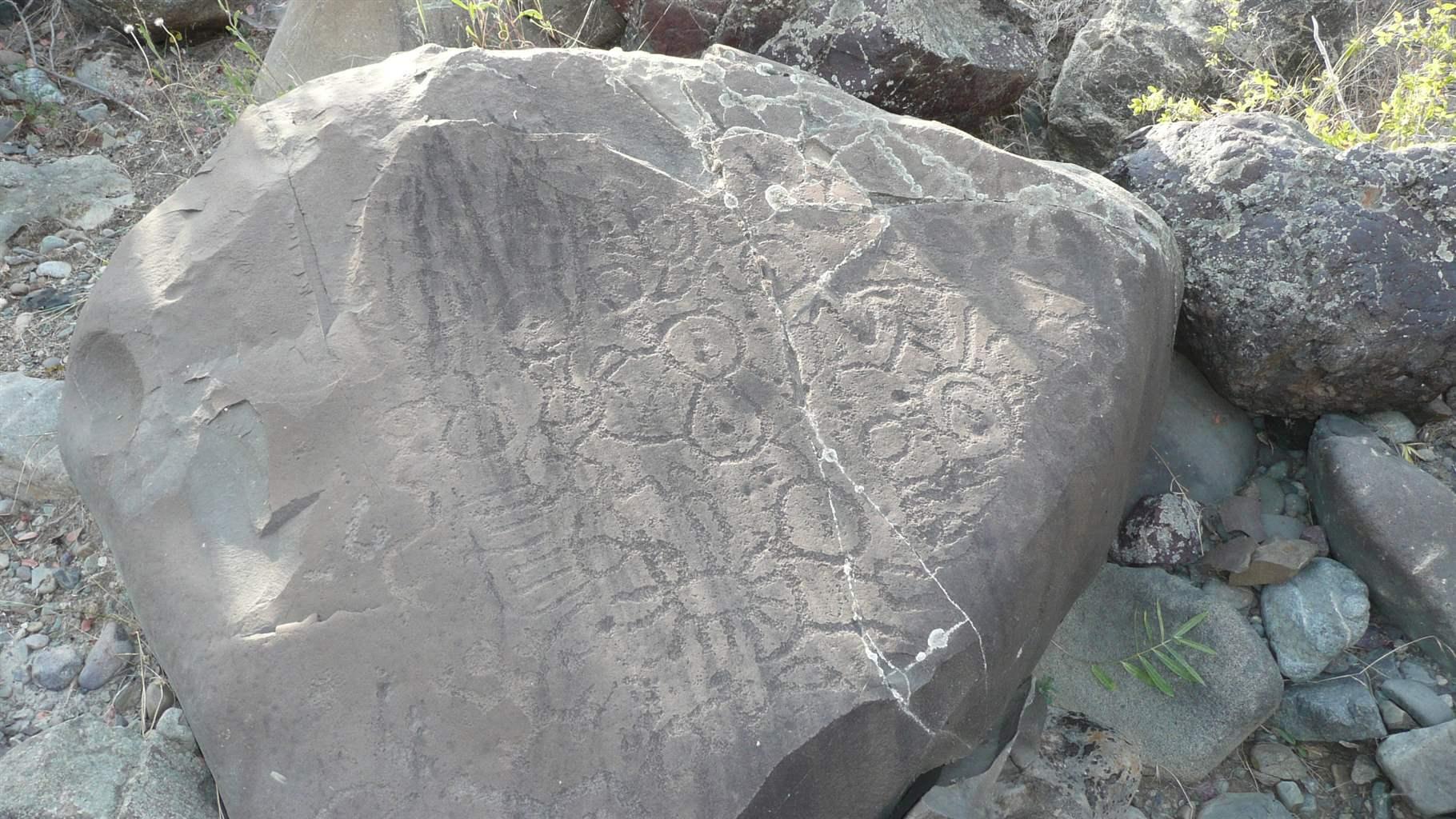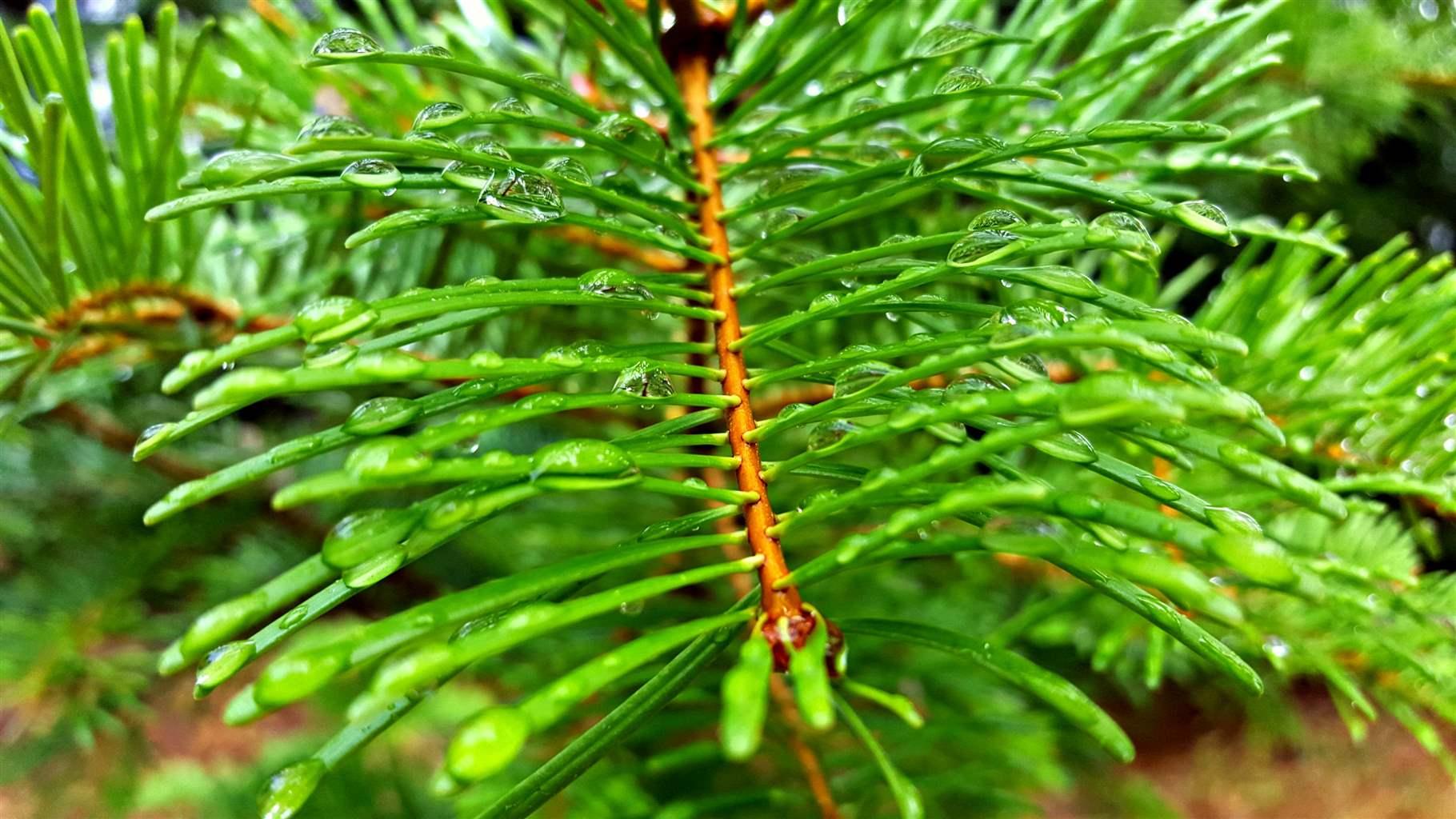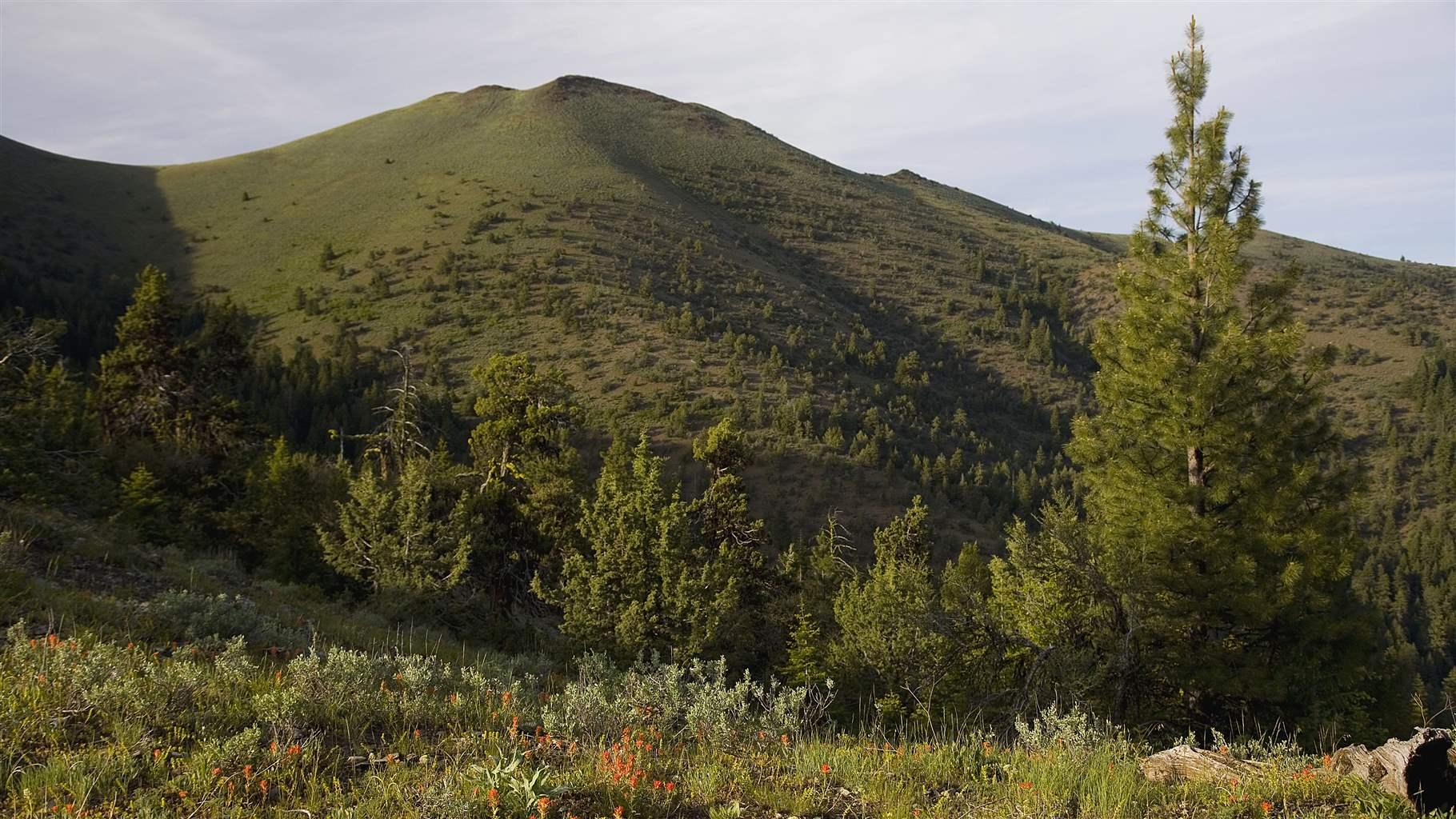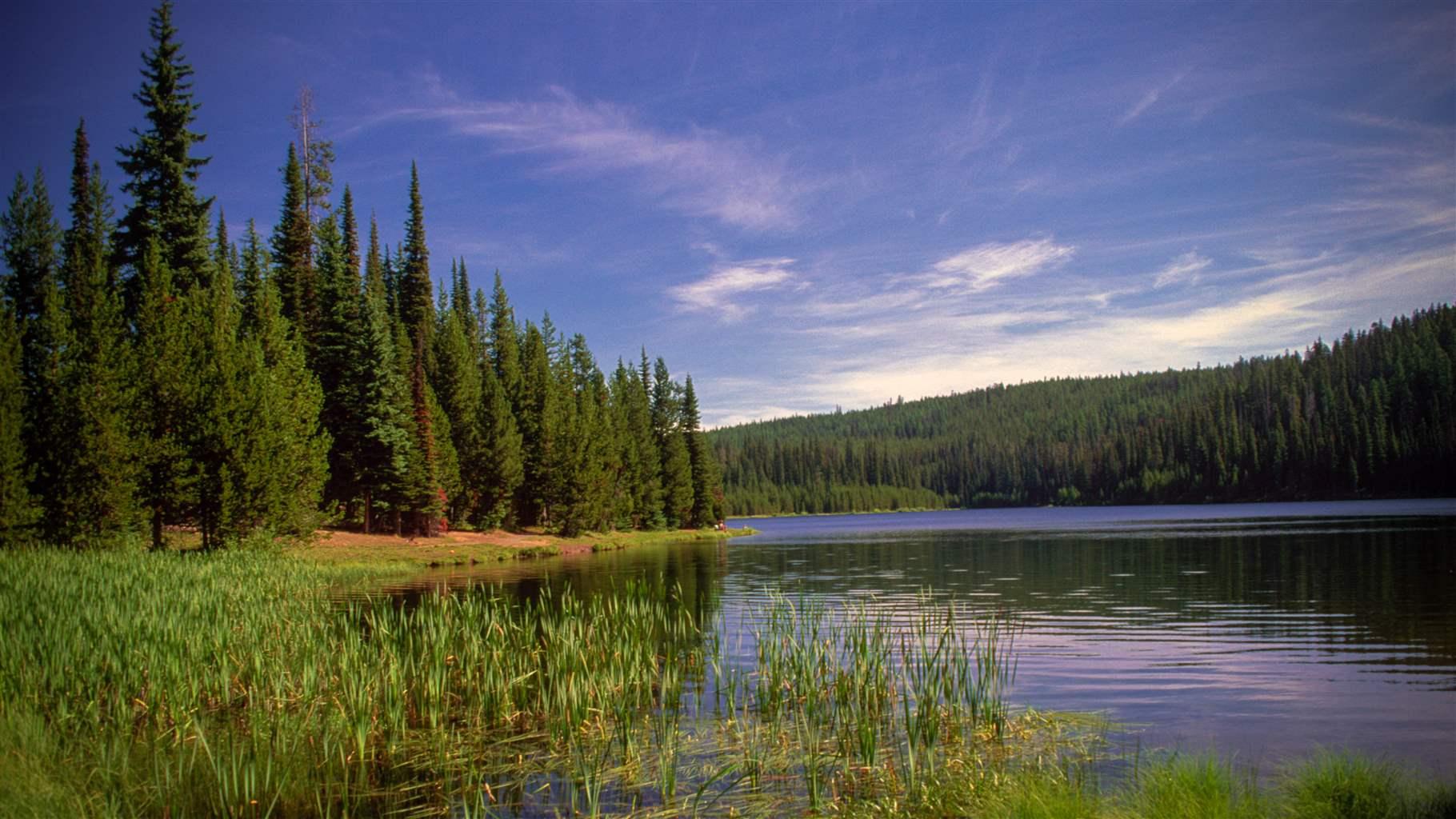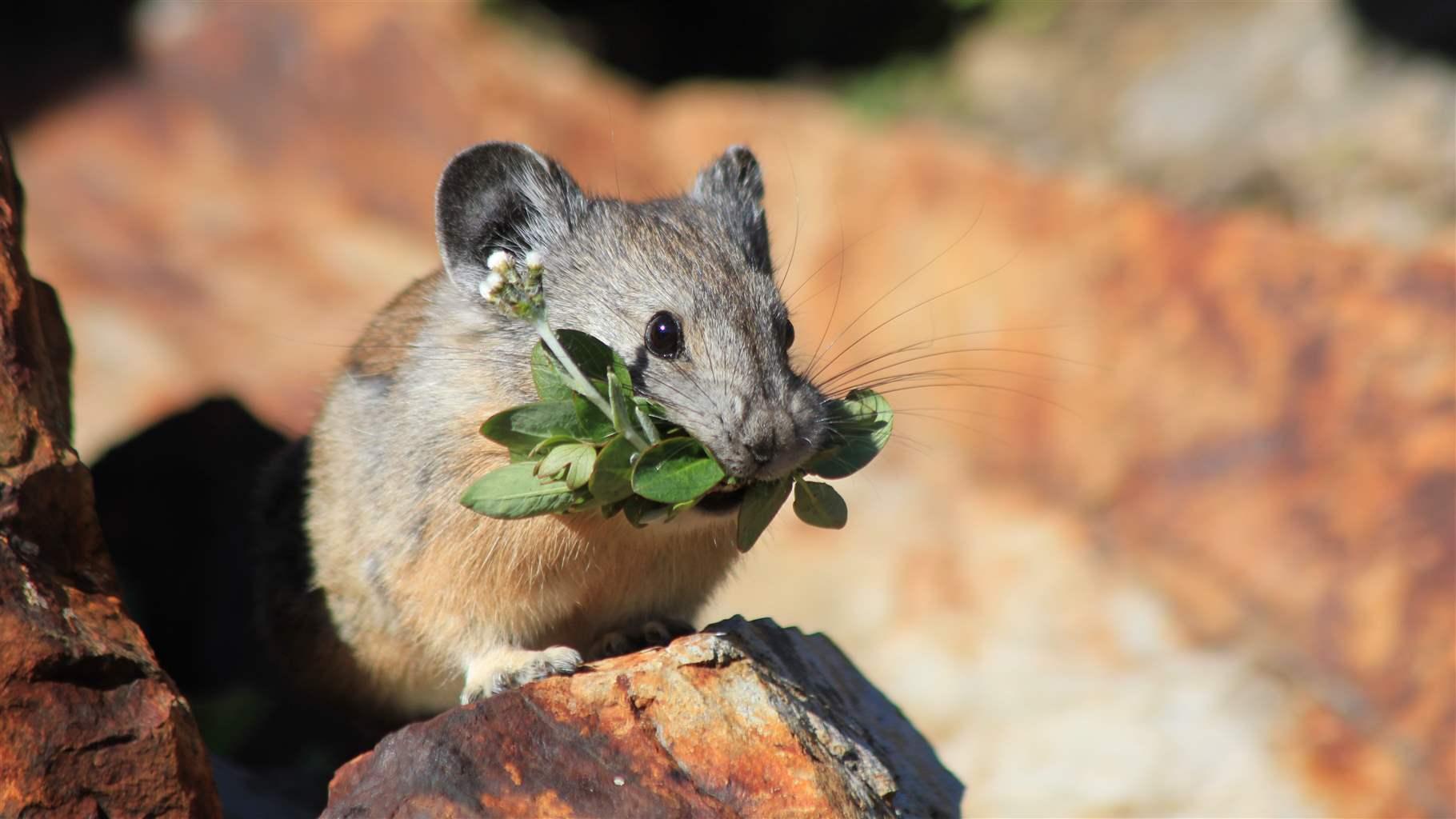Eastern Oregon National Forests at Risk From Outdated Management Plans
New research identifies areas of high ecological value that could merit stronger protections
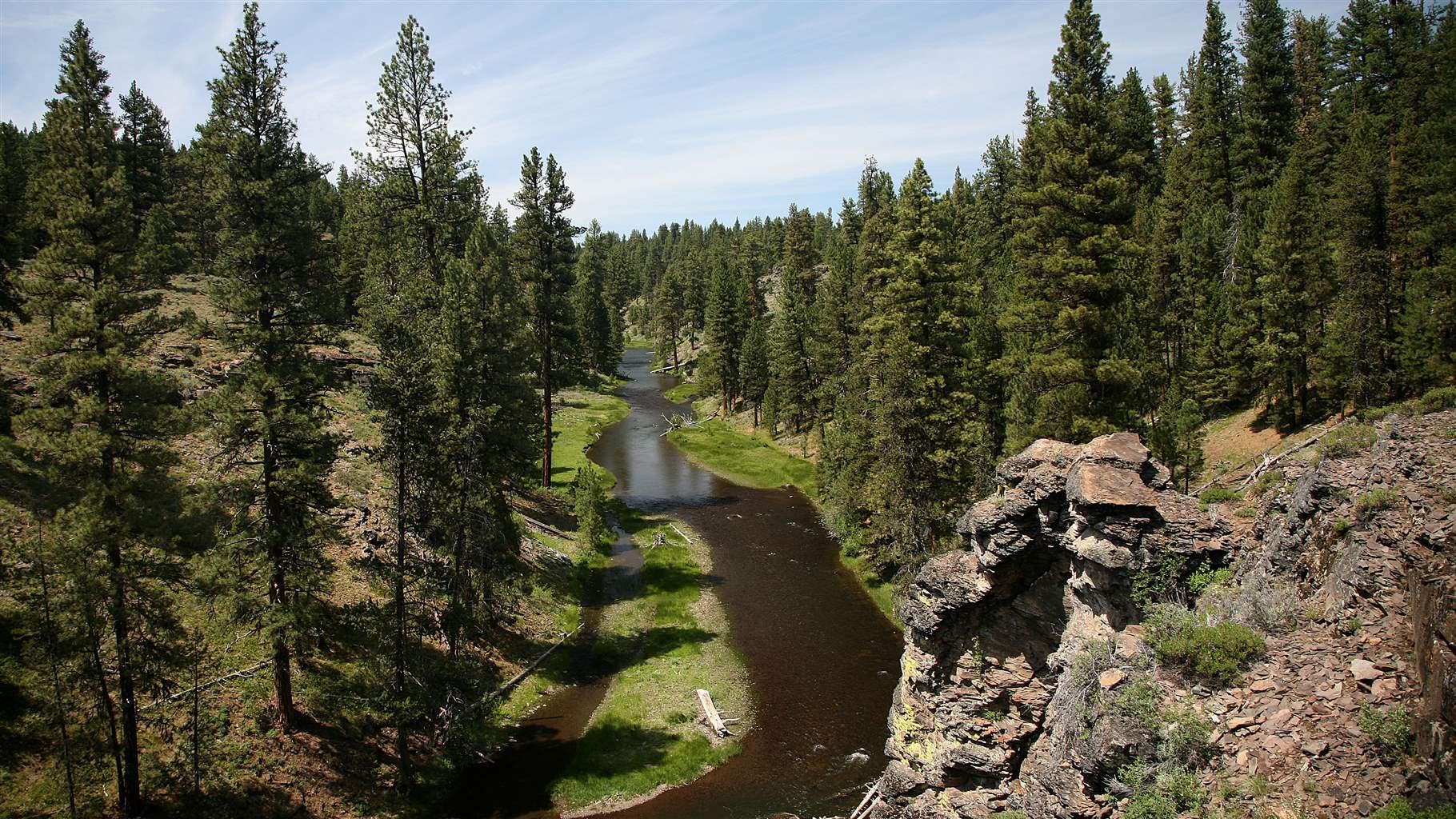
Across central and northeastern Oregon and stretching into parts of neighboring Idaho and Washington, the Malheur, Ochoco, Umatilla, and Wallowa-Whitman national forests cover more than 6 million acres of public lands. This vast landscape sits in a rain shadow east of the Cascade Mountains and has a complex geological history that includes volcanic eruptions and landslides. The result of these factors is a range of ecosystems from forested slopes—ponderosa pine, Douglas fir, white fir, western larch, Engelmann spruce, lodgepole pine and more—to shrublands with juniper and sagebrush, as well as grasslands. These diverse ecosystems within the national forests provide incredible value to nature and people.
For example, the Blue Mountains region supports more than 250 native wildlife species, including one of the nation’s largest herds of Rocky Mountain elk. Chinook salmon and steelhead spawn in its rivers, and the region provides an important corridor for many species that move between central Oregon and the Rocky Mountains.
Humans have inhabited the lands encompassed by these national forests for more than 10,000 years. Indigenous peoples maintain strong ties to these lands and rivers, which continue to play significant roles in their lives and culture. Additionally, visitors find abundant year-round recreational opportunities ranging from backcountry camping to day hiking on established trails closer to roads—both of which contribute to local economies.
Download the full report PDFs:
Despite these many important values, the U.S. Forest Service is still managing these forests under outdated plans released more than 30 years ago—and which do not account for advances in scientific understanding or considerations of changes in ecological, social, and economic conditions over the past three decades.
The Pew Charitable Trusts wanted to provide the agency and the public with information about areas that may be worthy of added conservation when these old plans receive their needed updates, which the Forest Service said it is preparing to do.
Pew commissioned Conservation Science Partners, a nonprofit research group, to evaluate these four national forests using a spatial analysis methodology to identify “high ecological value areas” (HEVAs), which contain the top 10% of ecologically valuable, yet unprotected, lands within the forest. HEVAs are areas with significant biodiversity that store high amounts of carbon and have strong resistance to climate change. It is important that the Forest Service consider this information when updating its plans. Prioritizing conservation of HEVAs would help support functioning, healthy forests for the benefit of nature and people.
Here are some highlights from the Conservation Science Partners reports:
Located near the geographic center of Oregon, the Ochoco National Forest covers more than 850,000 acres of the Maury and Ochoco mountains, which are southwestern extensions of the Blue Mountains range. Visitors come to view unique geologic features, such as Steins Pillar, or seek a primitive experience in the 36,200 acres of the Ochoco designated as wilderness. The report for the Ochoco identifies numerous HEVAs, including the areas from Spanish Creek to Battle Creek Mountain, and around Lookout Mountain, Mount Pisgah, and Suplee Butte.
The Malheur National Forest covers nearly 1.5 million acres across east-central Oregon. The John Day River, the second-longest undammed river in the contiguous United States, flows through the forest and supports native steelhead/redband trout, Chinook salmon, bull trout, westslope cutthroat trout, and mountain whitefish. The many HEVAs identified in the Malheur include, for example, a large area that covers five mountain peaks and dozens of drainages.
The Umatilla National Forest covers more than 1.4 million acres in northeastern Oregon and a smaller portion of southeastern Washington. In part because of the unique plant communities across the Blue Mountains, the Forest Service has protected 30 research natural areas (RNAs)—places that represent ecosystems in a natural condition and can serve as baseline or reference areas for study—throughout the region. This network includes the Umatilla’s Pataha Bunchgrass RNA, which is an example of mountain bunchgrass vegetation occurring in the transition zone between coniferous forest and steppe vegetation. The report for the Umatilla identified the area northwest of Diamond Peak, portions of the Lookingglass Creek watershed, and the area around Thimbleberry Mountain as some of the HEVAs within this forest.
The largest of the three national forests in the Blue Mountains, the Wallowa-Whitman National Forest covers more than 2.2 million acres of northeastern Oregon and a small portion of Idaho. The forest contains the popular Eagle Cap Wilderness, the largest wilderness area in Oregon, which is known as the state’s “Little Switzerland.” The forest also includes Hells Canyon, the deepest gorge in North America. The report for the Wallowa-Whitman identifies a large area stretching from Elkhorn Ridge to Friday Creek, as well as several other areas around the Wallowa Mountains, as some of the HEVAs within this forest.
The Conservation Science Partners’ analyses provide important information that the Forest Service should incorporate into its management of these forests. Pew encourages the agency, in collaboration with the public, to use the data in these reports in developing modern management plans that will conserve forest health and sustainability—for nature and people—far into the future.
This article is based on one of 51 analyses Pew has commissioned Conservation Science Partners to undertake to determine the most important ecologically valuable, and as yet unprotected, areas within the country’s national forests. Like these forests in Oregon, the pending forest analyses involve areas expected to undergo revisions in the next several years.
John Seebach is a project director and Blake Busse is a principal associate with The Pew Charitable Trusts’ U.S. public lands and rivers conservation project.
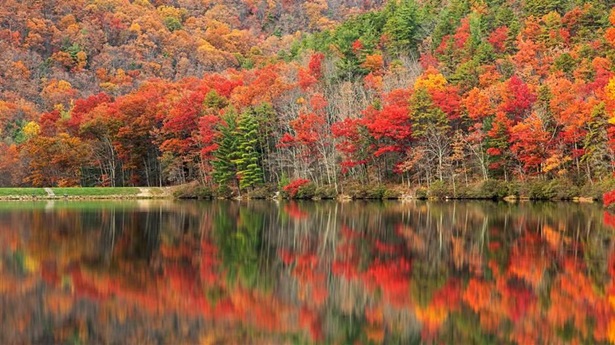
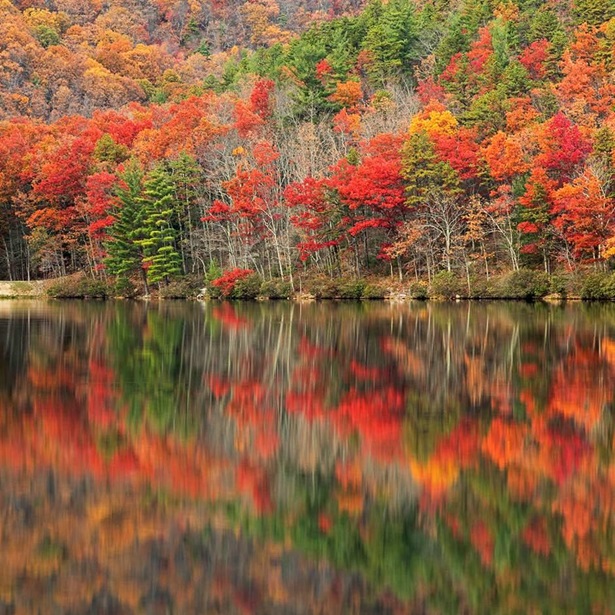
Forest Service Should Update Old Management Plans
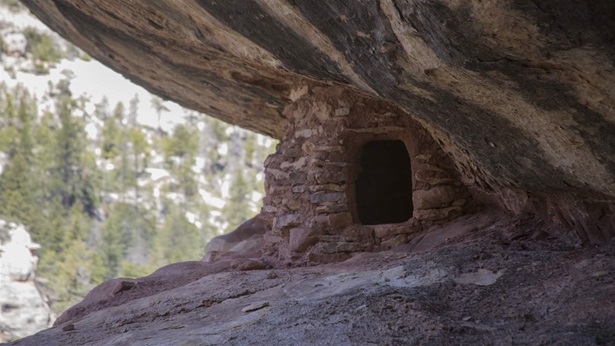
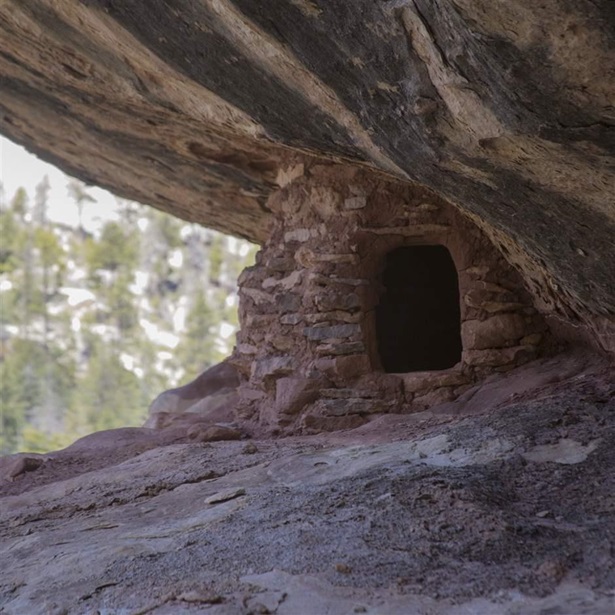
4 Reasons to Value U.S. National Forests
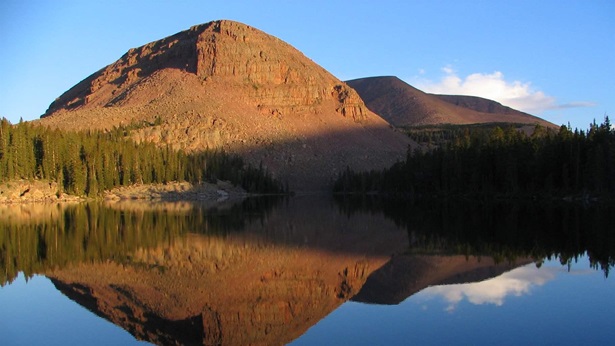
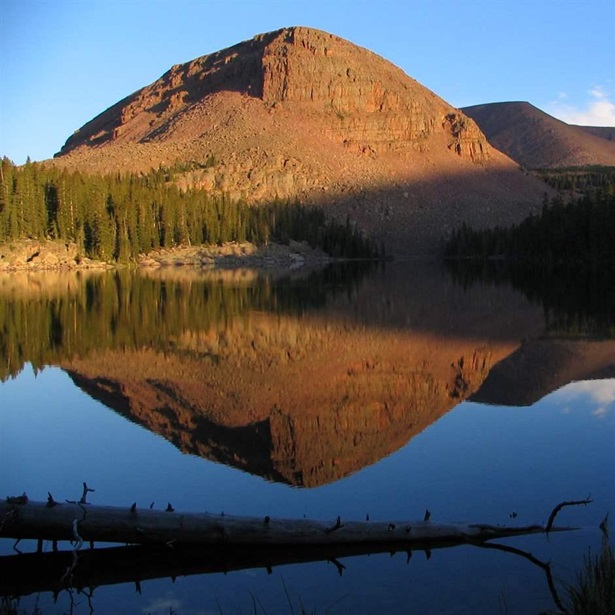
Newly Identified Ecologically Important Forest Lands in Utah
